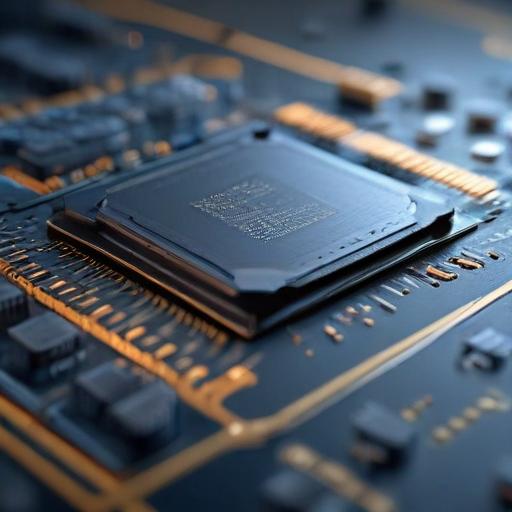Intel (NASDAQ: INTC) is experiencing a more optimistic outlook recently, partly due to the strategic vision set forth by new CEO Lip-Bu Tan. Tan aims to revitalize the company by transforming it into a leading foundry, enhancing artificial intelligence initiatives, and implementing significant job cuts to streamline operations. His background in the industry and commitment to these changes have generated some positive sentiment around the company.
However, despite this growing optimism, concerns remain regarding potential challenges that could hinder Intel’s progress. A notable investor, operating under the name Livy Investment Research, has sounded the alarm over geopolitical risks, particularly Intel’s substantial exposure to the Chinese market. Livy highlights that approximately one-third of Intel’s revenues come from China, which poses a significant threat if that market becomes restricted due to regulatory changes.
Previous articles covering Intel’s challenges have also pointed out the increasingly complex regulatory landscape surrounding the company. For instance, Taiwan’s recent decision to add Huawei to its “Strategic High-Tech Commodities” Entity List presents additional obstacles, as Huawei is a major customer of Intel’s PC chips manufactured in Taiwan. Livy underscores that simultaneous efforts in China to strengthen domestic production could further impact Intel’s revenue.
While Tan’s initiative to revive the Foundry is ambitious, Livy emphasizes the execution hurdles that lie ahead and notes that Intel has yet to provide a clear roadmap for its AI infrastructure applications. This lack of clarity, combined with rising geopolitical tensions, suggests that investors may not fully grasp the potential risks Intel faces.
Investor sentiment on Wall Street also reflects caution, with 26 of the last 31 analyst ratings on Intel classified as Holds, alongside a consensus price target of $21.30, indicating limited growth potential in the near future.
Despite these hurdles, there is still hope that Tan’s transformative vision may eventually succeed in revitalizing Intel, provided that the company can navigate these complexities effectively. The broader industry context, where many companies are also facing challenges, suggests that with the right strategies, there could be room for Intel to adapt and innovate amid these pressures.
